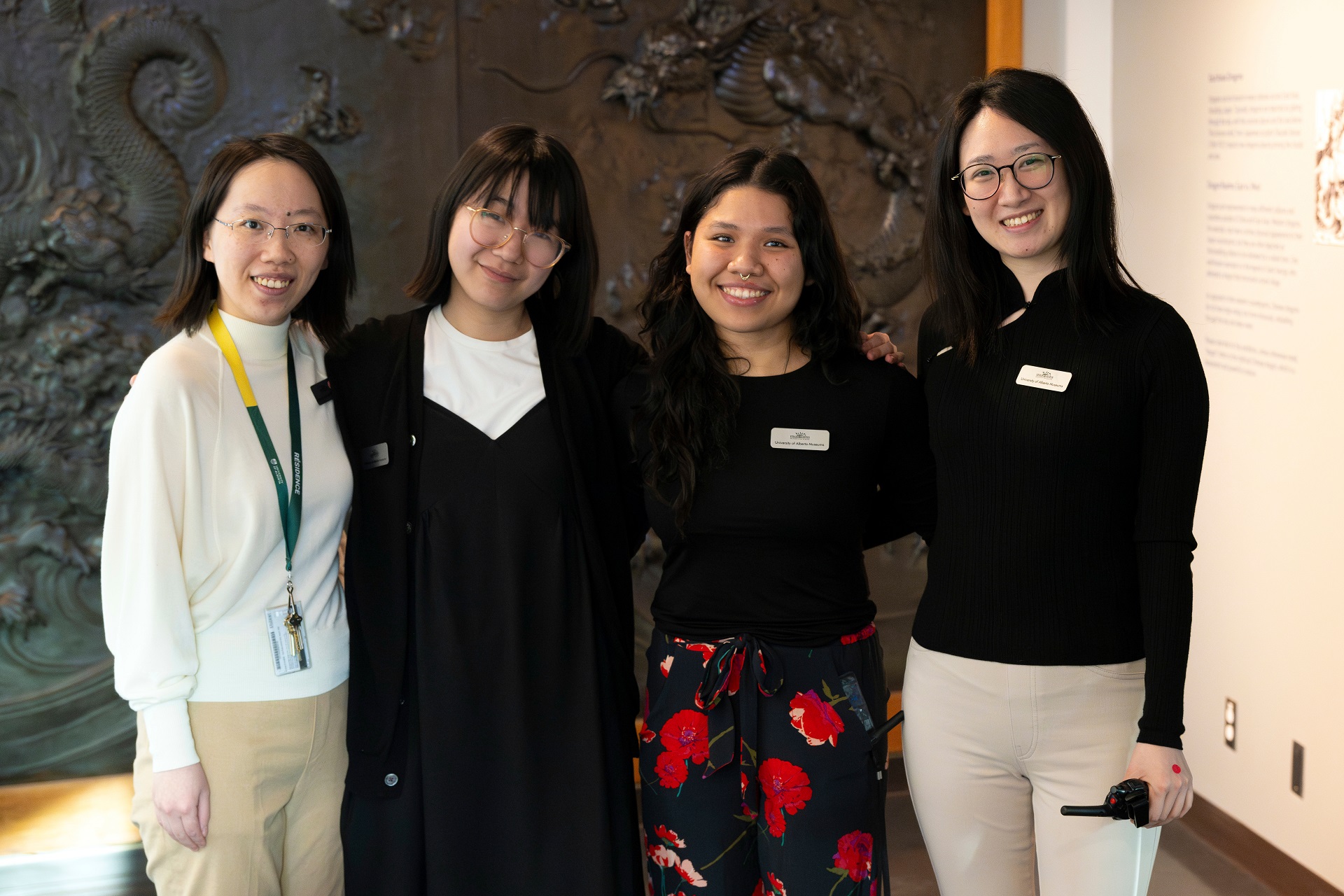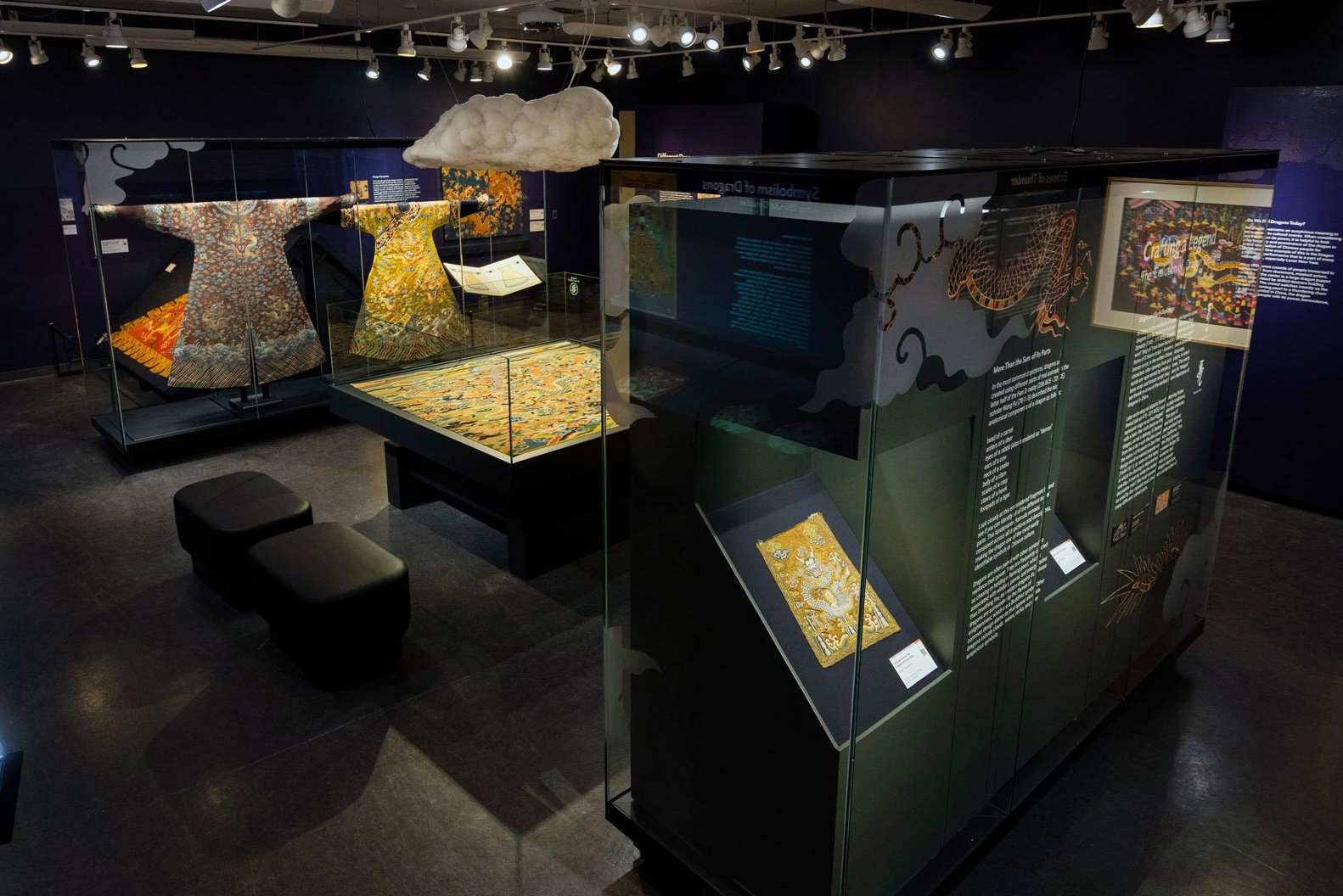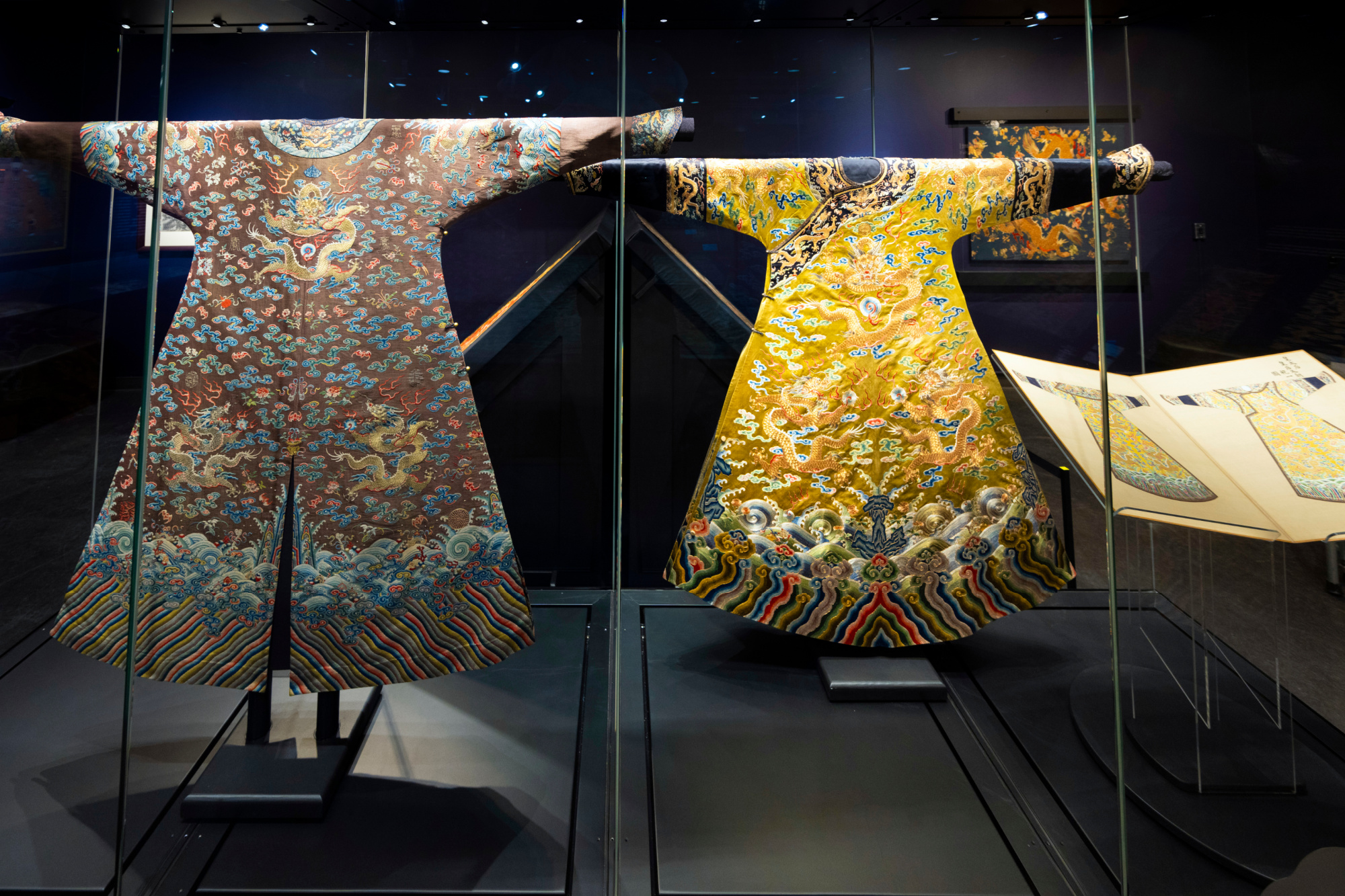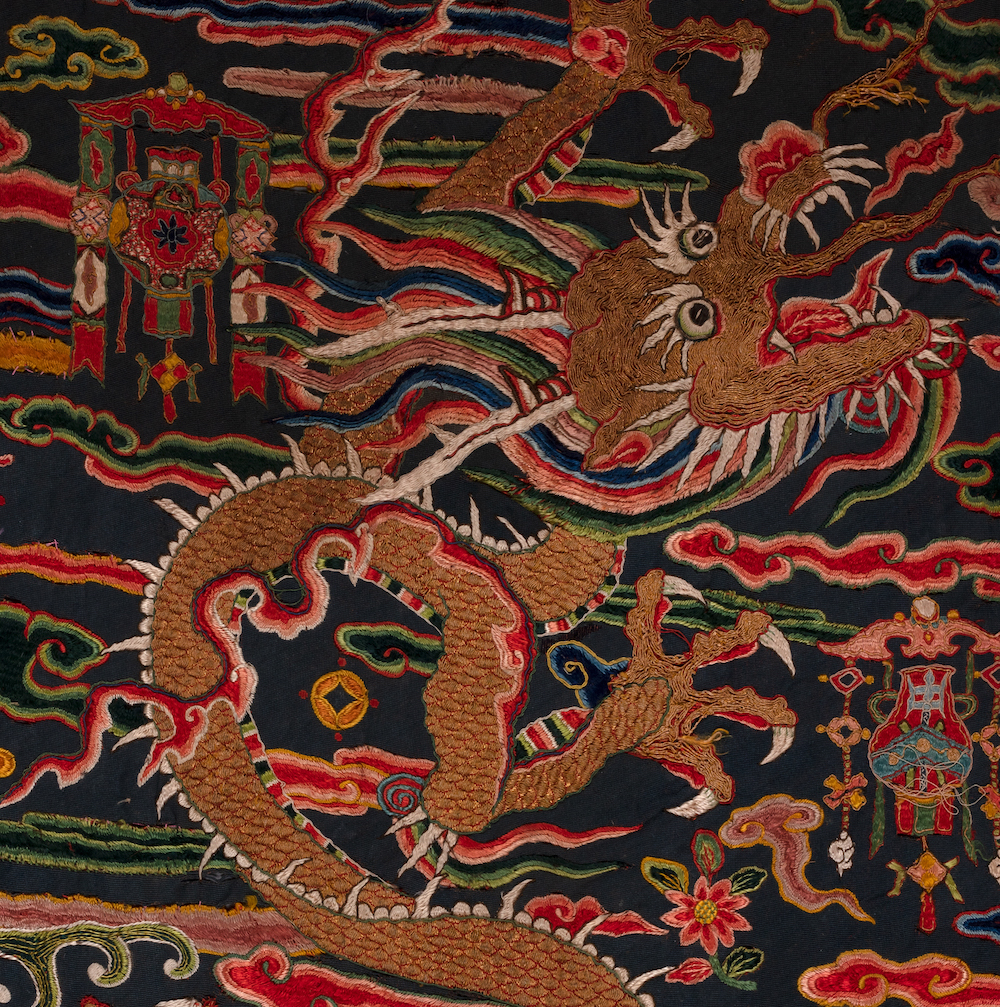Fishing Village Beneath Wu Guanzhong’s Brush

Fishing Village, 1988, Wu Guanzhong (1910 - 2010); Mactaggart Art Collection, University of Alberta Museums; Gift of Sandy and Cécile Mactaggart; 2004.19.10
Shitang, located in the eastern part of Zhejiang Province, China, is a picturesque fishing village surrounded by mountains and the sea. It attracts tourists and inspires artists. This 1988 painting, Fishing Village (2004.19.10) by Wu Guanzhong from the Mactaggart Art Collection, illustrates Shitang’s bustling yet serene beauty. Wu Guanzhong (1919–2010) was one of the key figures of modern and contemporary Chinese painting during the 20th century. Wu’s artistic style, as art critic Jia Fangzhou notes, has a “changing process from East and West, from oil to ink, from embodiment to abstract, just like from a known shore to an unknown shore.” Fishing Village is a prime example of displaying this trait, linking East and West as well as blending tradition and modernity.
Wu combines rough brush sketches with refined colour accents to depict the seaside view. His use of strong black lines and light ink wash suggest an overall nostalgic tone – the longing for Shitang. The black and white colour palette re-interprets the fundamental color scheme of traditional Chinese landscape painting. Also, it exemplifies Jiangnan’s white-walled and black-tiled residential architecture. The foreground is dominated by village houses stacked like piled-up boxes, which appear to be on the side of a hill. In the background, an area of water is suggested by horizontal lines with slight curves and negative space– that is the ebb and flow of the sea. Wu enhances his black line brushstrokes with colourful, spontaneous dabs of pigment. This makes the painting have an unexpected ornamental quality owing to these bouncing hues. The colours in recollection are never as vivid and dazzling as real life and the rich layers of black, white, and grey all invoke fading memories.
Wu studied western oil painting in France in the 1940s, which greatly impacted his work. In Fishing Village he grafts Western oil painting techniques–such as the linear perspective, pointillism, and colour blocking–onto the traditional use of brush and ink. The colourful blots and cursive lines are reminiscent of Jackson Pollock. The chaotic lines and contrasting surfaces creates a boundless atmosphere of the painting. The coloured dots disrupt the serenity of repetitious black and white, making the whole image come alive. The concrete beauty of the figurative landscape in the front view and the simplistic strokes that depict almost fadeout scenery in the distance echo each other. The contrast between jumpy and stunted strokes and the dimensional tension created by colour dots give the image a rhythmic feeling of breath. Fishing Village, done in almost unmodulated outlines, appears simplistic and even a little bit crude, yet presents a lovely and pleasantly dynamic scene.
References:
Jia, Fangzhou. Shore to Shore: Wu Guanzhong Retrospective. Exhibition Catalogue of Traditional Chinese Paintings by Wu Kuan Chuang. Singapore: Art Retreat Museum Ltd., 2003.



